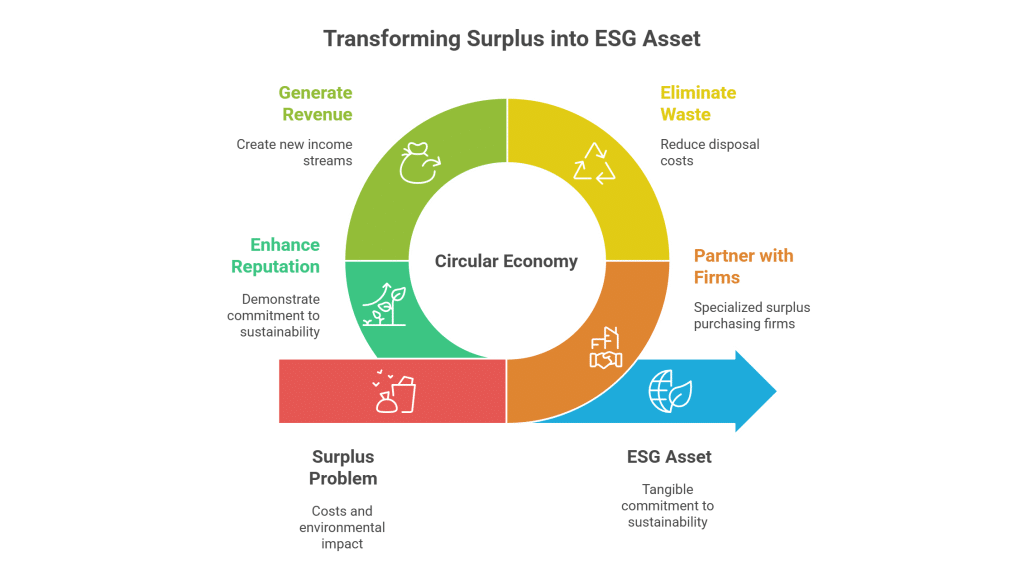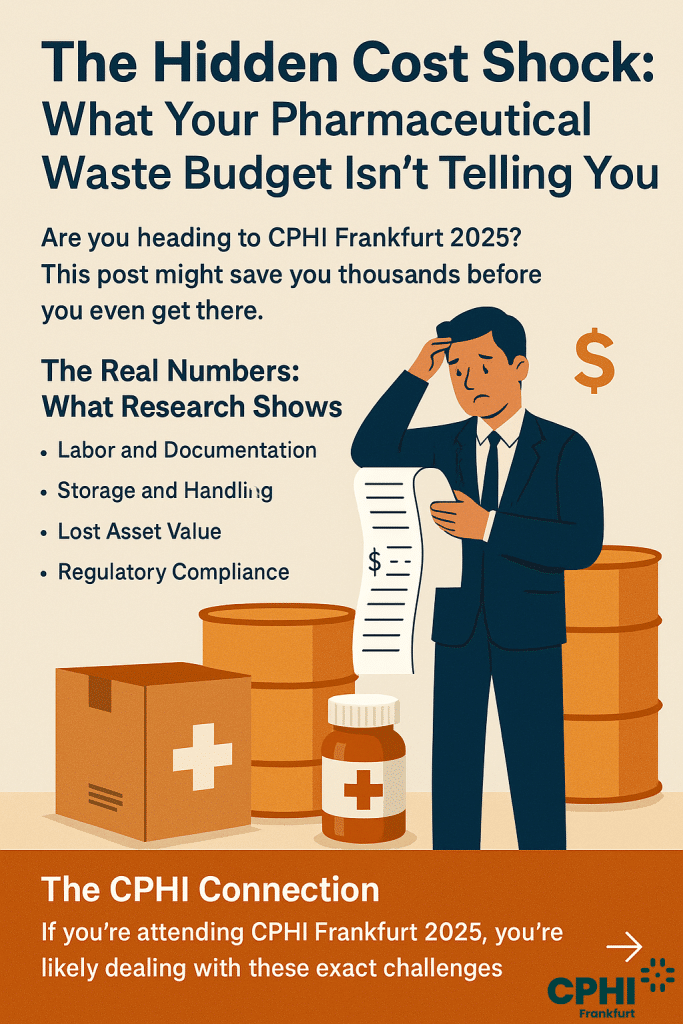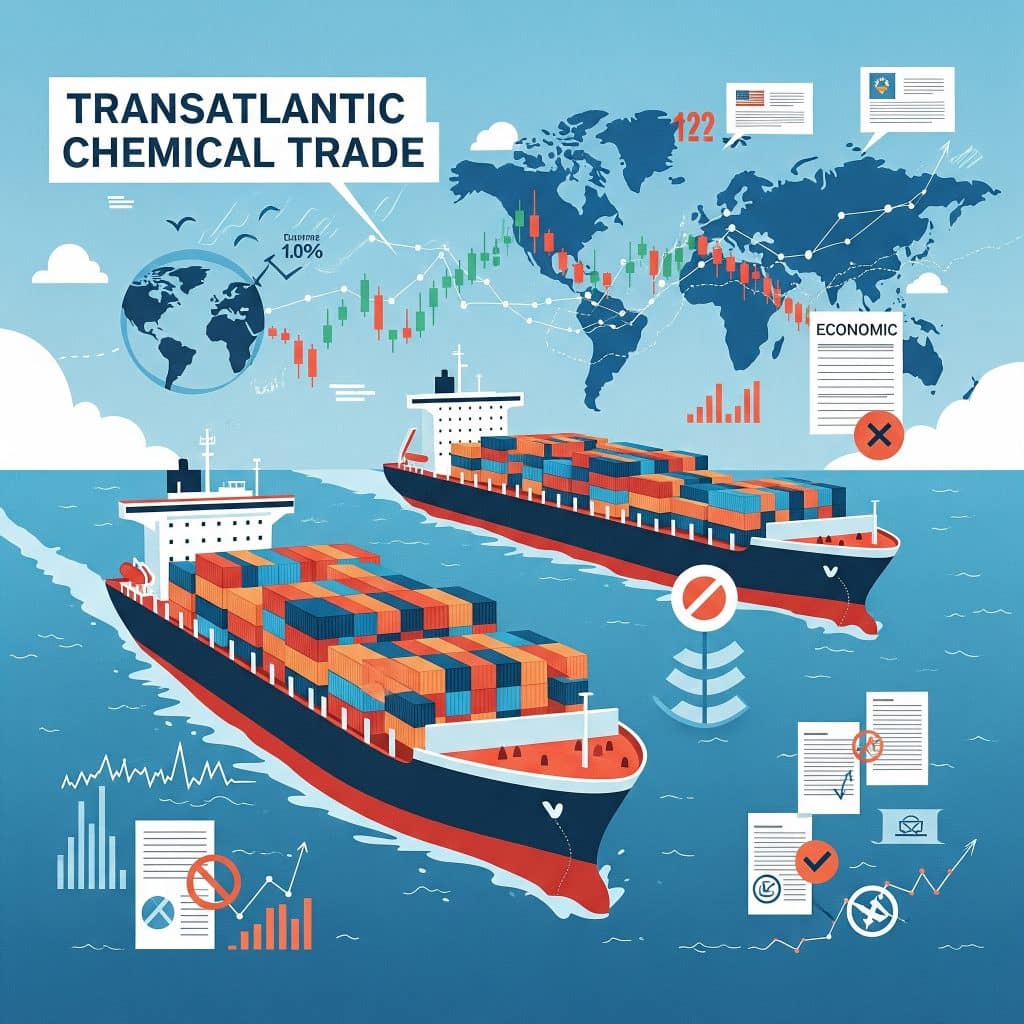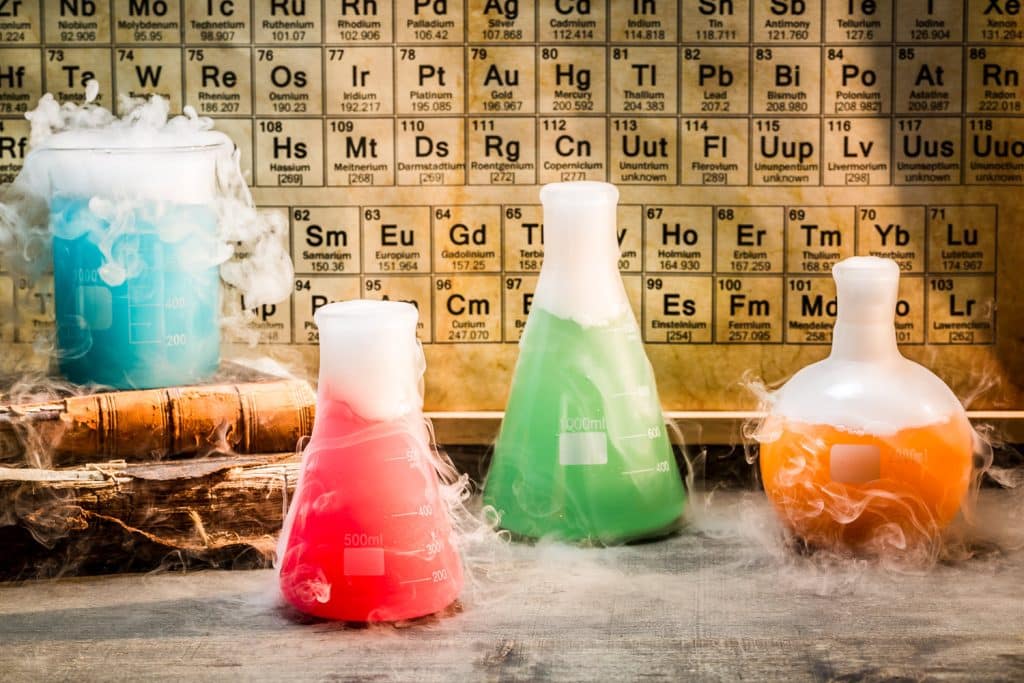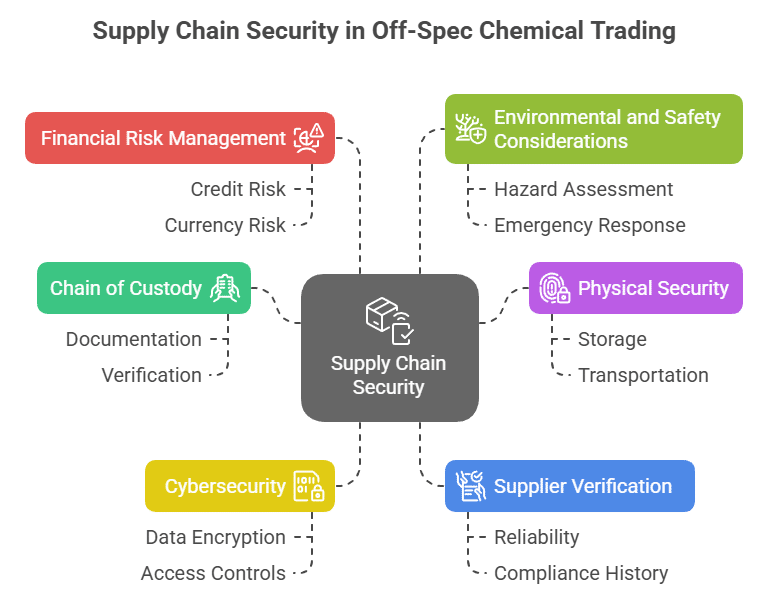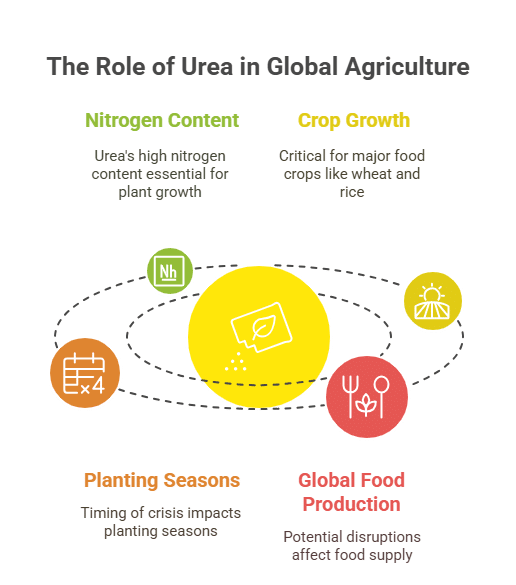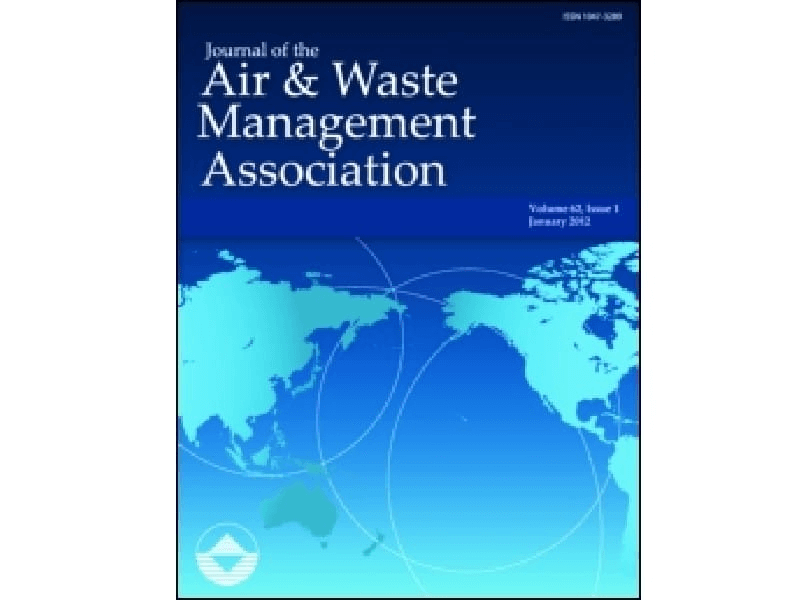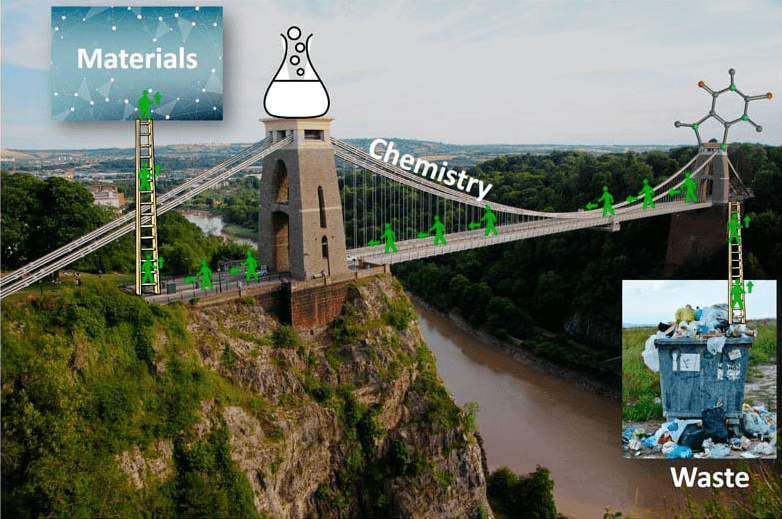Unlocking the Value of Surplus Sodium Lauryl Sulfate (SLS) in Personal Care & Detergents
Sodium Lauryl Sulfate (SLS) is a widely used chemical known for its exceptional cleansing, foaming, and emulsifying properties. Predominantly found in personal care products such as shampoos, toothpastes, and soaps, SLS also plays a critical role in the formulation of detergents. Its ability to break down oils and lift dirt makes it indispensable in both everyday consumer goods and industrial cleaning solutions. As a surplus inventory, SLS represents an opportunity for companies holding excess stock to transform dormant resources into active revenue streams while meeting ongoing industry demand.
Sodium Lauryl Sulfate (SLS) in Personal Care / Detergents Surplus Trading | Sustainable Chemical Solutions
In today’s competitive market, the buying and selling of surplus chemicals like SLS offers tangible benefits for both sellers and buyers. Companies with excess inventory can free up valuable storage space, recover costs, and avoid expensive disposal fees and regulatory complications. On the buyer side, purchasing surplus SLS provides access to high-quality raw materials at competitive prices, contributing to cost savings and sustainable manufacturing practices. Moreover, this process supports environmental stewardship by decreasing waste and encouraging responsible chemical management practices. By trading surplus SLS, businesses not only recover potential losses but also contribute to a greener, more circular economy.
Sodium Lauryl Sulfate (SLS) Applications in the Personal Care / Detergents Industry
For buyers, acquiring surplus SLS provides an attractive cost-saving opportunity. It ensures a stable supply of a crucial ingredient, enabling formulation consistency in personal care products and detergents. Purchasing surplus stock also enhances sustainability credentials, as procuring existing materials reduces the demand for new production. Additionally, buyers benefit from the chance to negotiate favorable pricing, minimizing production costs while maintaining high quality.
Sellers of surplus SLS gain significant advantages by converting excess stock into immediate revenue. Removing outdated or excess inventory from storage lowers overhead and minimizes the risk of chemical degradation. Moreover, selling surplus chemicals helps companies avoid high disposal fees and aligns with environmental regulations by promoting responsible waste management. This proactive approach not only improves financial performance but also reinforces a company’s commitment to sustainability and regulatory compliance.
Table of Contents
Real-World Success Story: Transforming Surplus SLS into Sustainable Revenue
An established manufacturer in the personal care sector found themselves with an excess inventory of Sodium Lauryl Sulfate after a recent formulation upgrade. Rather than facing steep disposal fees and storage challenges, they opted to list the surplus chemical on a dedicated trading platform. Within a few weeks, a detergent producer in search of a reliable, cost-effective supply purchased the overstock. This transaction not only resolved the storage issue but also netted significant revenue, enabling the manufacturer to reinvest in innovative product development. The successful deal showcased how effective surplus trading can bolster financial performance while promoting sustainable practices and reducing environmental impact, setting a benchmark for similar future initiatives in the industry.

